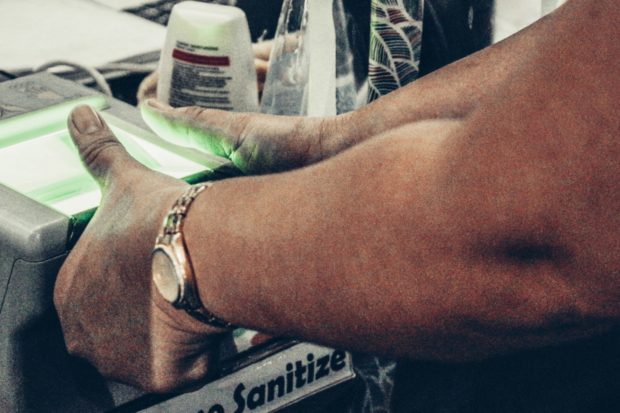
Image from Philsys
MANILA, Philippines — The Philippine Statistics Authority (PSA) is ready to work with private groups in looking for other ways to use the national ID, in line with a directive from President Marcos who also ordered the agency to work faster in issuing and delivering the Philippine Identification System (PhilSys) ID cards.
“Given the 75.8 million Filipinos who have already registered to PhilSys, we are eager to collaborate with the private sector to further accelerate our progress in expanding our use cases,” Civil Registrar General Dennis Mapa said in a statement.
“We want our registrants to immediately reap and enjoy the benefits of PhilSys as a digital ID system,” Mapa added.
The PSA said that as of Jan. 13, around 29 million PhilIDs had been printed while more than 15.5 million ePhilIDs (digital version) had been issued.
The government, however, failed to meet its goal of issuing plastic PhilIDs to 30 million Filipinos and the digital versions to 20 million others by end-2022.
As part of the PSA’s efforts to fast-track the issuance of ePhilIDs, it initiated a house-to-house and plaza-type distribution strategy. It also piloted the implementation or deployment of a website that allowed those registered with PhilSys to download a PDF copy of their ePhilID on mobile devices.
“PhilSys is a foundational, digital ID system, so its functionality is geared toward digital use—whether as a card, printed on paper, or PDF file,” Mapa said.
“This ensures an inclusive national ID system that can be used across government agencies and private entities for more efficient delivery of services for Filipinos,” he added.
One PhilSys service that PSA intends to offer is the electronic Know Your Customer process, through which registered individuals may give their consent or agree to share their personal data from the PhilSys Registry to the relying party such as a government agency with front-line services, banks, remittance centers, or other entities.